The Norfolk Terrier is a loving, hardy and active little dog that makes a great pet. They can easily be kept in an apartment as long as she is afforded frequent long walks. A properly fenced in back yard with provisions for a digging dog would be the ideal exercise situation. She was bred to be a hunter and ratter so she should be socialized with small pets very early on. She is generally very good with older, considerate children. As a reminder, never leave a child unsupervised with a puppy or dog. She makes a great watch dog but can tend to be a barker if left outdoors with nothing to do for long periods of time.,
*Approximate Adult Size. The approximate adult size (two years old or older) of the Norfolk Terrier is 10 to 10.25 inches to the withers (highest point of the shoulder) and 11 to 12 pounds.
*Special Health Considerations. Most dog breeds have certain inherited health problems associated with that specific breed and the Norfolk Terrier is no exception. Although considered a very hardy breed, be on the look out for dry skin if kept indoors, genetic eye disorders, back problems and heart murmurs. This disease list is an informative guideline only. Other diseases may also be significant threats, please contact your veterinarian for a complete list.
She should visit the veterinarian several times in the first year for shots, boosters and check up. Then, as an adult, she should visit the veterinarian yearly for shots and check up. As she gets older, six years and on, she should visit the veterinarian twice a year for check ups and shots. Remember; avoid feeding your dog sweets.
*Grooming. The Norfolk Terrier has a silky, feathered medium length coat that sheds lightly. She should be bathed once a month or so. She should be brushed regularly. Brushing will help her maintain a clean and healthy coat, avoid mats and help you keep a closer eye on her health and strengthen your emotional bond with her.
Her teeth should be brushed at least twice a week with toothpaste and toothbrush designed for dogs. Brushing removes the accumulation of plaque and tartar which can cause cavities (rarely) and periodontal disease. Dog periodontal disease can lead to pain, loss of teeth, bad breath and other serious disease.
Her toenails may need to be examined for growth and clipped regularly. The toenails of the rear feet grow slower than the toenails of the front feet. Generally a guillotine type trimmer is the best for this chore and competent instructions to accomplish this can be found on the net.
*Life Span. The Norfolk Terrier can live between 12 and 14 years with proper nutrition, medical care and excellent living conditions.
*History. The Norfolk Terrier come from Great Britain where they hunted vermin. They were first registered by the American Kennel Association in 1936.
Some Registries:
*Norwich & Norfolk Terrier Club
*UKC United Kennel Club
*NKC National Kennel Club
*CKC Continental Kennel Club
*APRI Americas Pet Registry Inc.
*AKC American Kennel Club
*FCI Federation Cynologique Internationale
*NZKC New Zealand Kennel Club
*KCGB = Kennel Club of Great Britain
*ANKC = Australian National Kennel Club
*ACR = American Canine Registry
Litter Size: Around 3 Norfolk Terrier puppies
Category: Terrier
Terms To Describe: Friendly, fearless, loyal, active, affectionate, intelligent
*SPECIAL GOOD POINTS
Good watch dog.
A very personable dog with personality.
They like horses.
*SPECIAL BAD POINTS
Poor guard dog.
She is a digger.
She will leave on an adventure.
She can be a barker.
Should be under control when walked.
*Other Names Known By: Cantab Terrier, Jones Terrier, Trumpington Terrier
*Every dog is an individual so not everything in this information may be correct for your dog. This information is meant as a good faith guideline only.

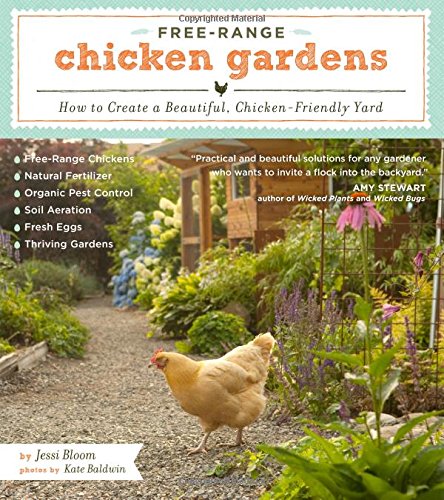 The Hamburg Chicken
Poultry BreedsThe Hamburg Ch
The Hamburg Chicken
Poultry BreedsThe Hamburg Ch
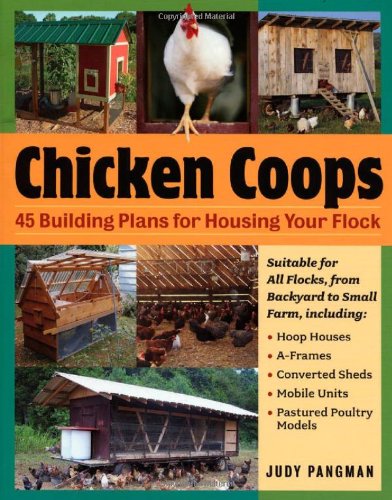 Choosing What Type of Chicken Coop You Require
It all depends on your requirements and the nu
Choosing What Type of Chicken Coop You Require
It all depends on your requirements and the nu
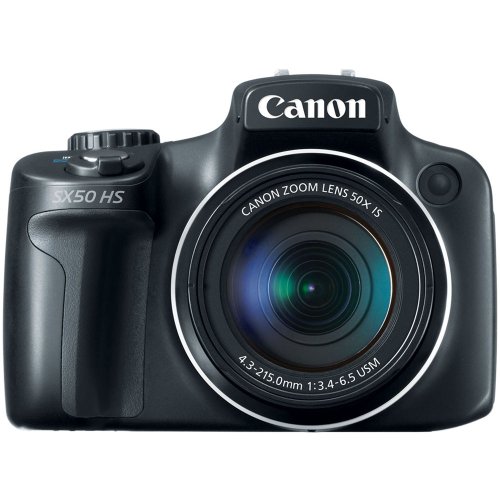 Bird Watching: Beautiful Birds Seen in Western Australia
Collection of Beautiful Bird
Bird Watching: Beautiful Birds Seen in Western Australia
Collection of Beautiful Bird
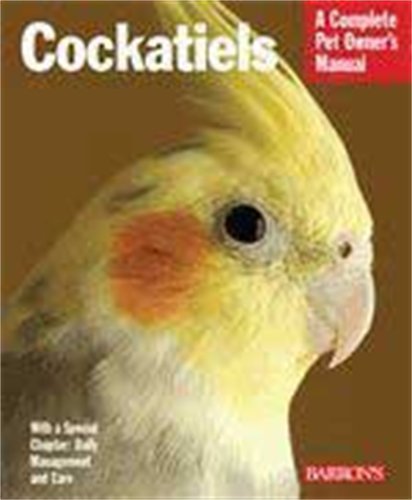 My Personal Joy of Having a Cockatiel for a Pet Bird
Cockatiels are the Perfect Pet Cockatiels are small par
My Personal Joy of Having a Cockatiel for a Pet Bird
Cockatiels are the Perfect Pet Cockatiels are small par
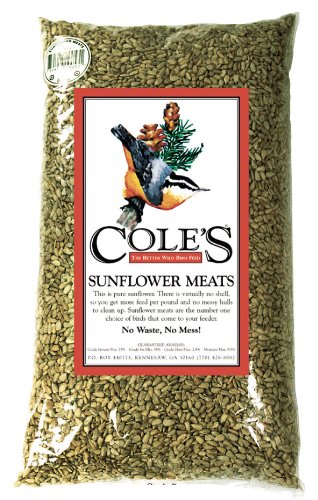 How to Attract European Goldfinches in the Garden
Goldfinches are a real delig
How to Attract European Goldfinches in the Garden
Goldfinches are a real delig